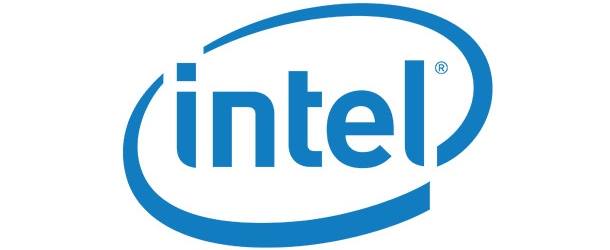Intel’s Clarke Connects the (Quantum) Dots

(HPC.Wire) HPC Wire’s John Russell provides a synopsis of Intel’s Jim Clark recent speech at Hot Chips and a extended discussion of Intel’s quantum initiatives.
Jim Clarke explained Intel’s silicon spin qubit technology which is based on silicon quantum dots. On balance, Intel has been less active than many in joining the quantum clamor. Many challenges face quantum computing, not least the ability to scale up (number of qubits) from today’s small systems. One hurdle is the requirement for most qubit technologies to operate in near-zero (Kelvin) environments.
Intel believes it has a better way. Tiny CMOS-based silicon quantum dots and cold-hardened control chips, argues Intel, present a much more efficient path for scaling and ultimately practical quantum computing. Clarke’s pitch boils down to three elements 1) proven scalable manufacturing, 2) promising early spin qubit performance (coherency times), and 3) newly developed cryo-electronic control chips (not unwieldy coax cables).
Clarke neat recap of the state of affairs. “Today, the system sizes that we’re operating are between a few qubits and perhaps up to 50 qubits. This is really at the proof of concept stage of this technology where the computational efficiency of these quantum computers perhaps succeeds for some contrived applications of a supercomputer. More importantly, it becomes a testbed for an overall quantum system.
NOTE: Russell’s discussion and explanation of Intel’s technology and vision is extensive and worth the read.



















